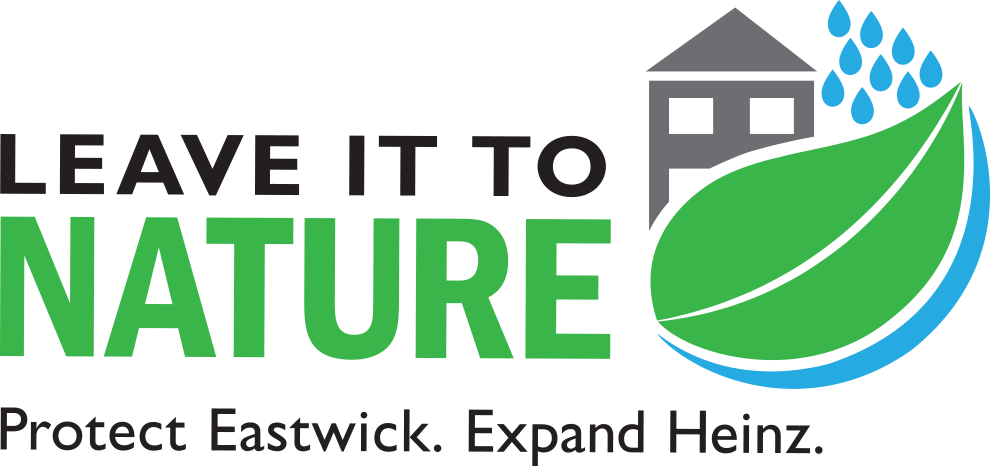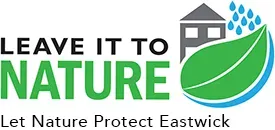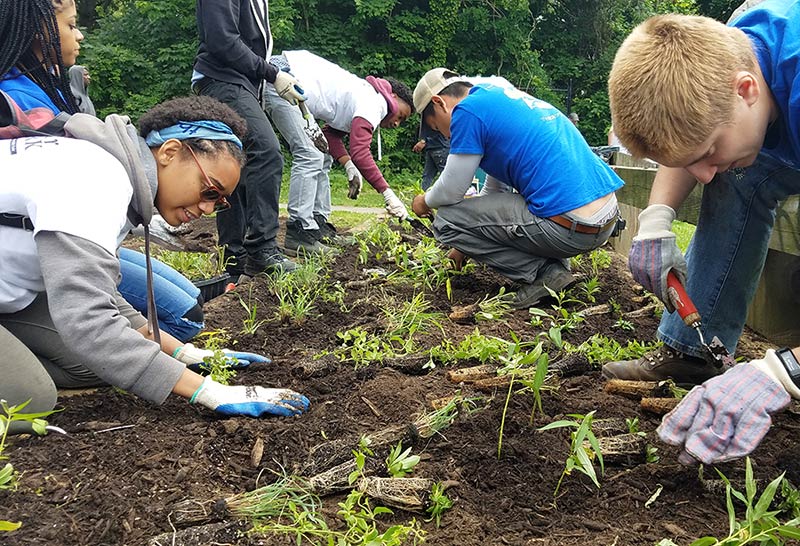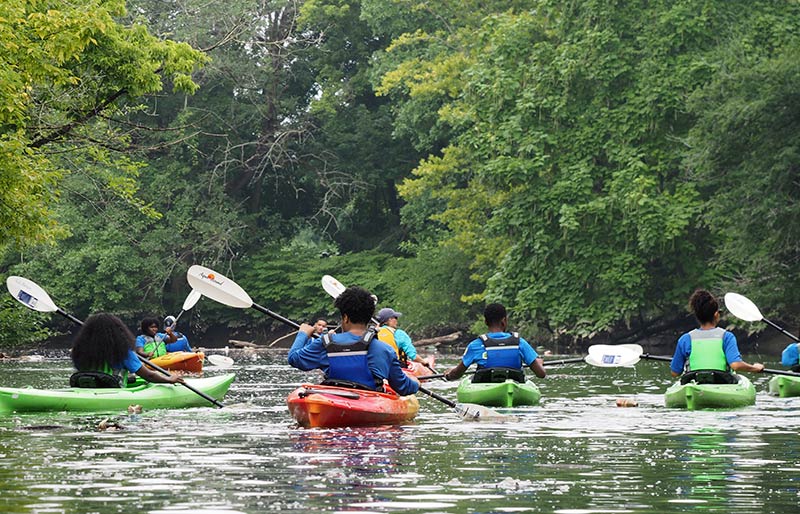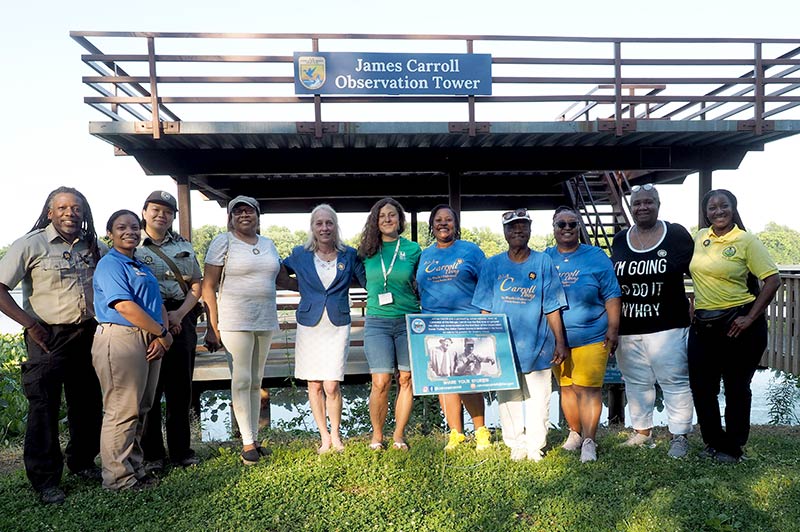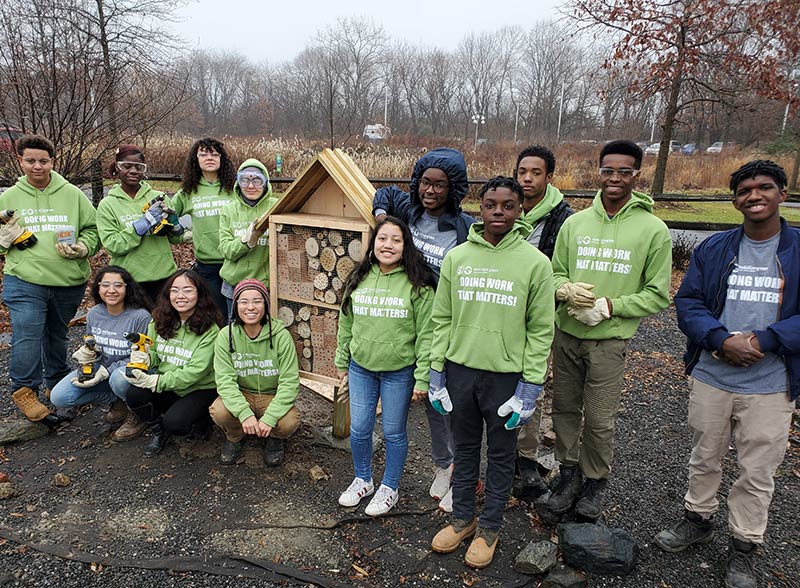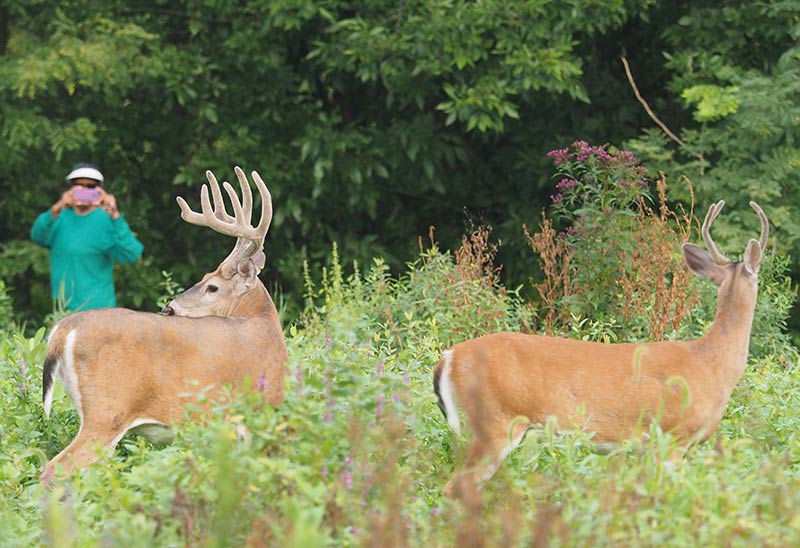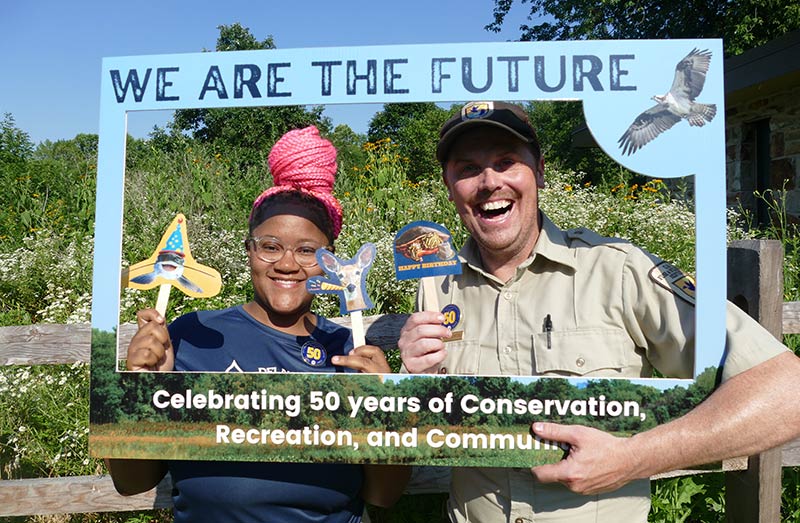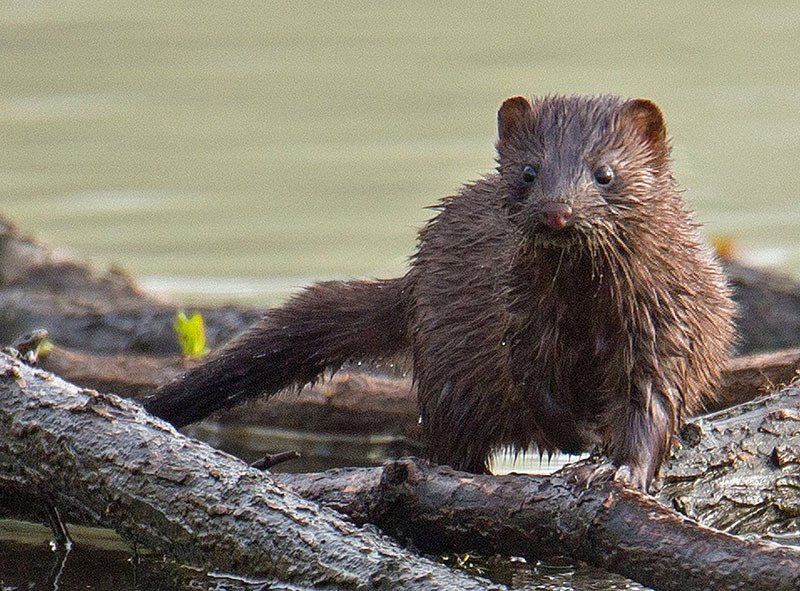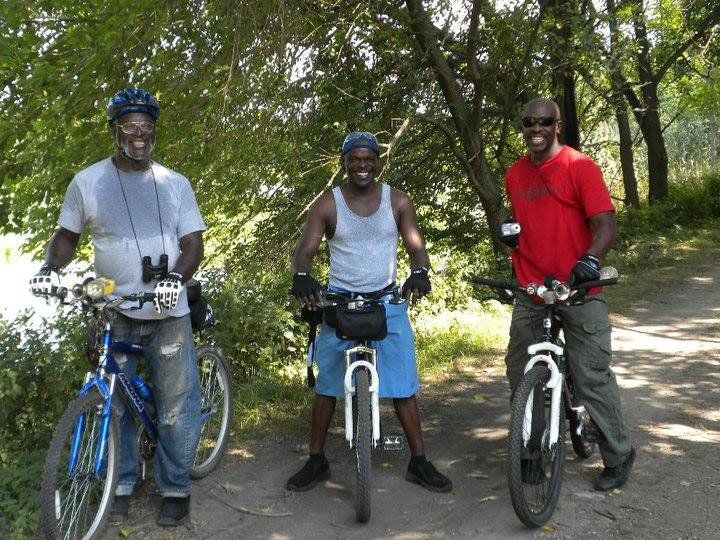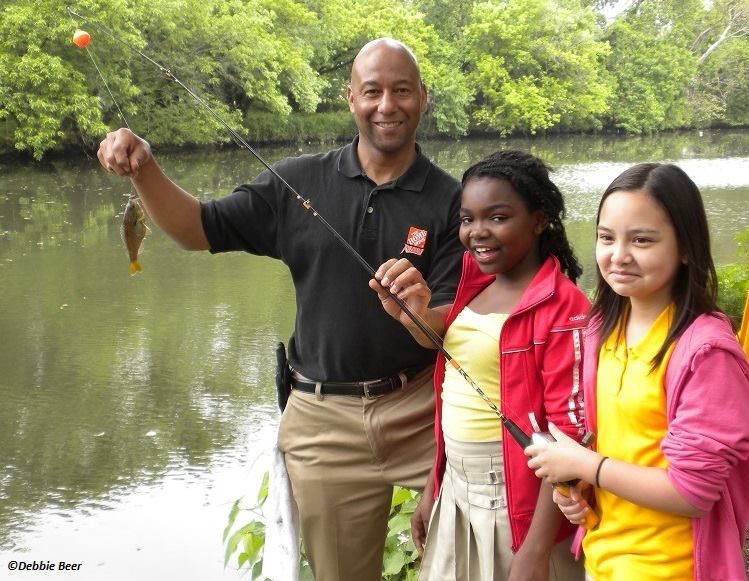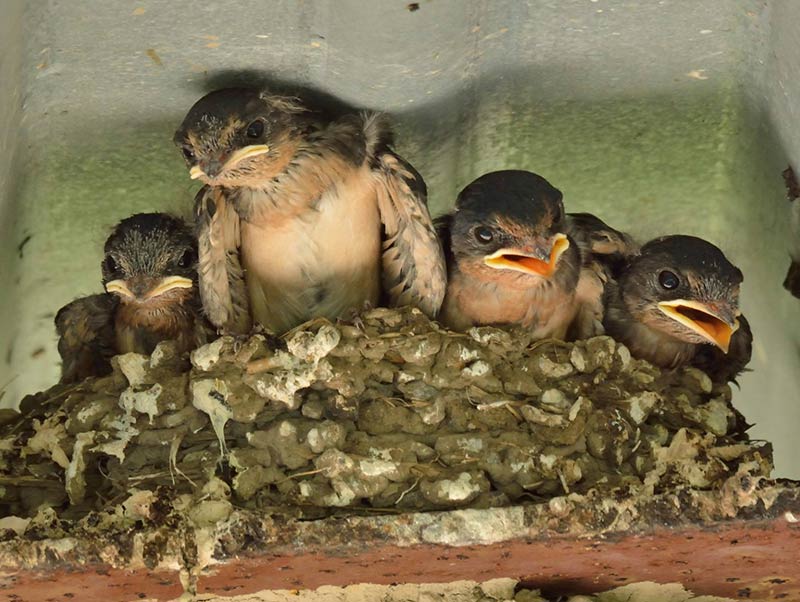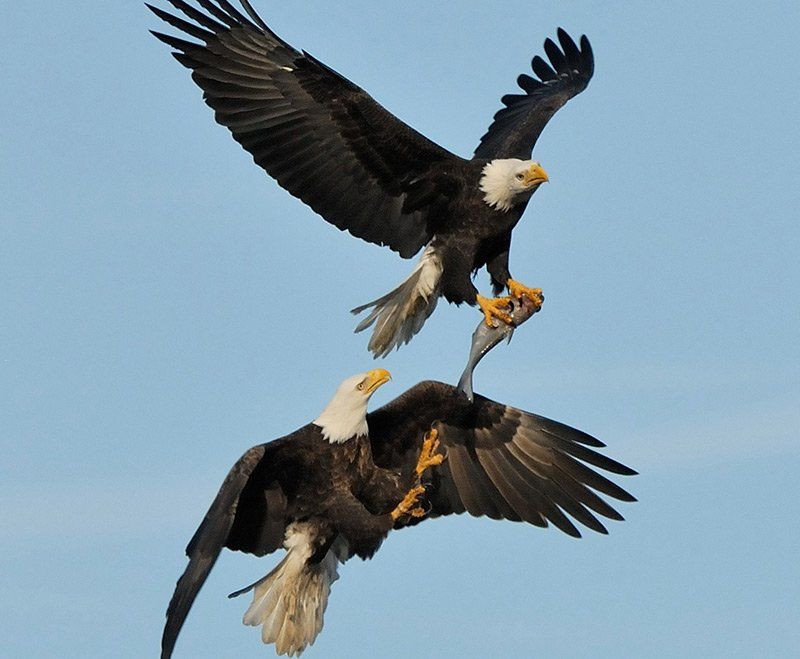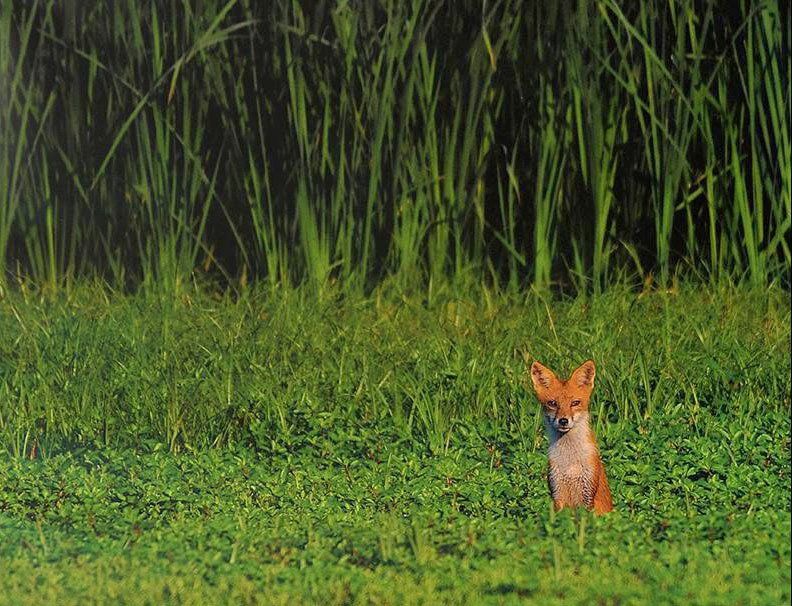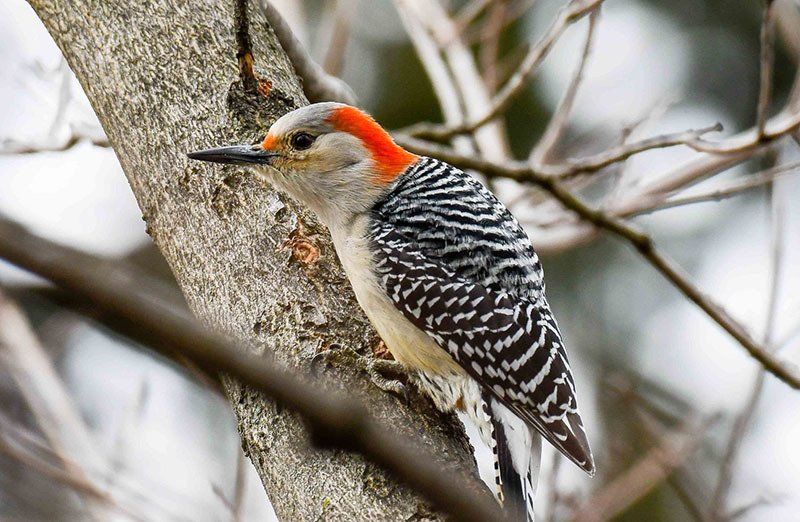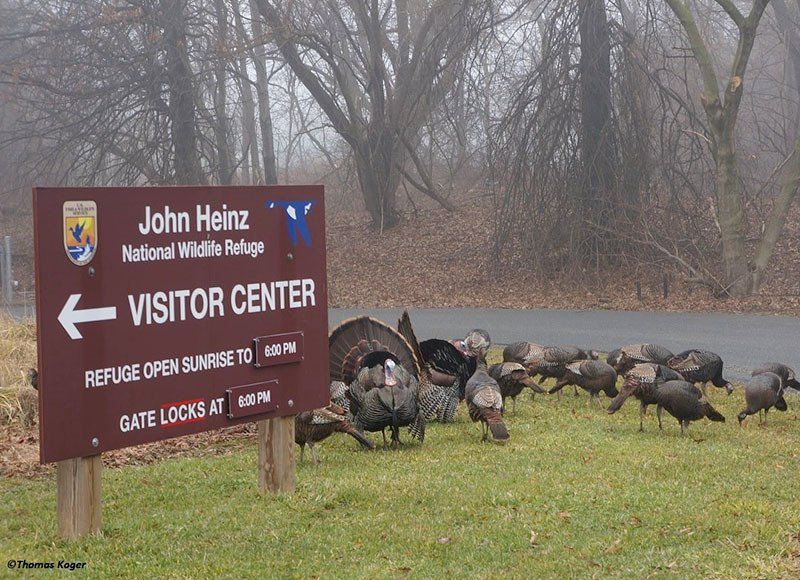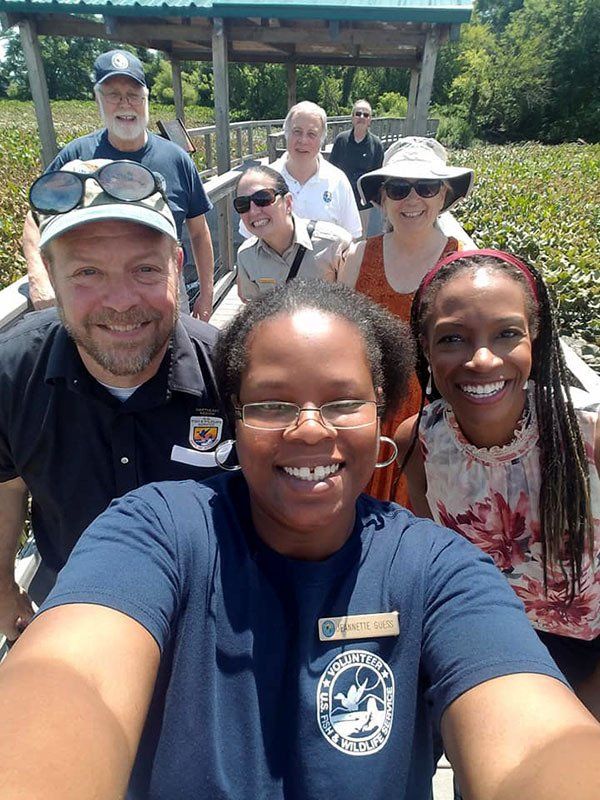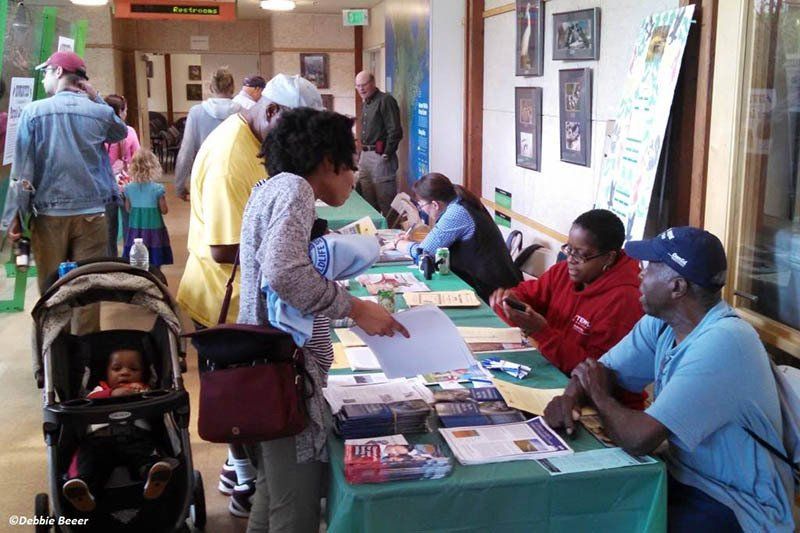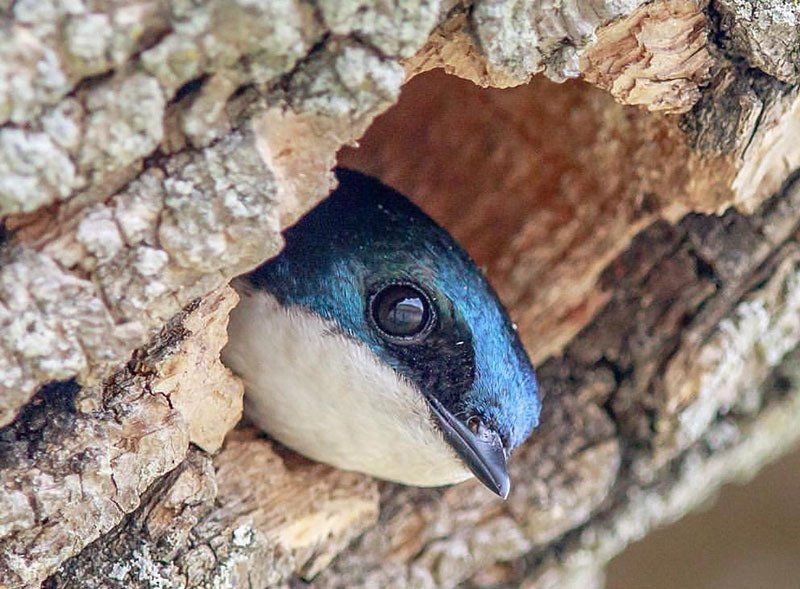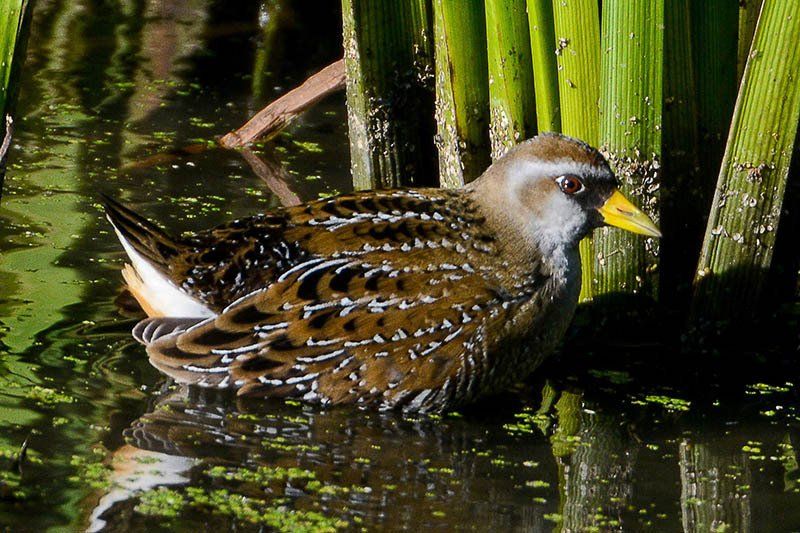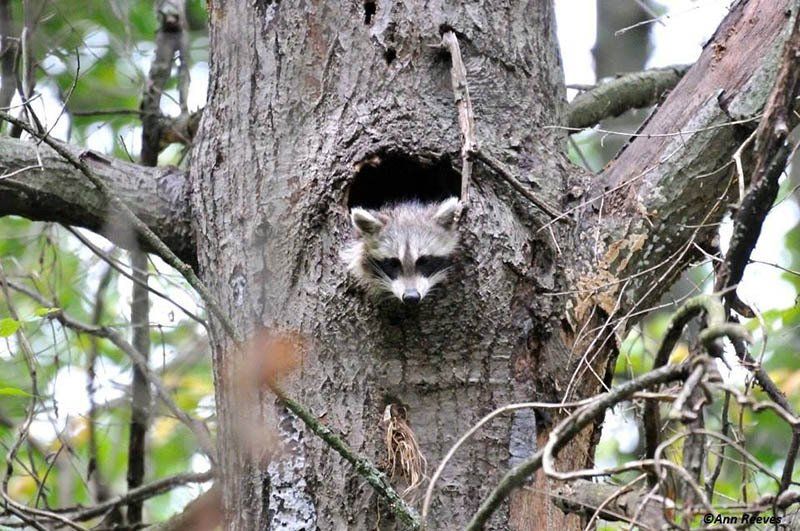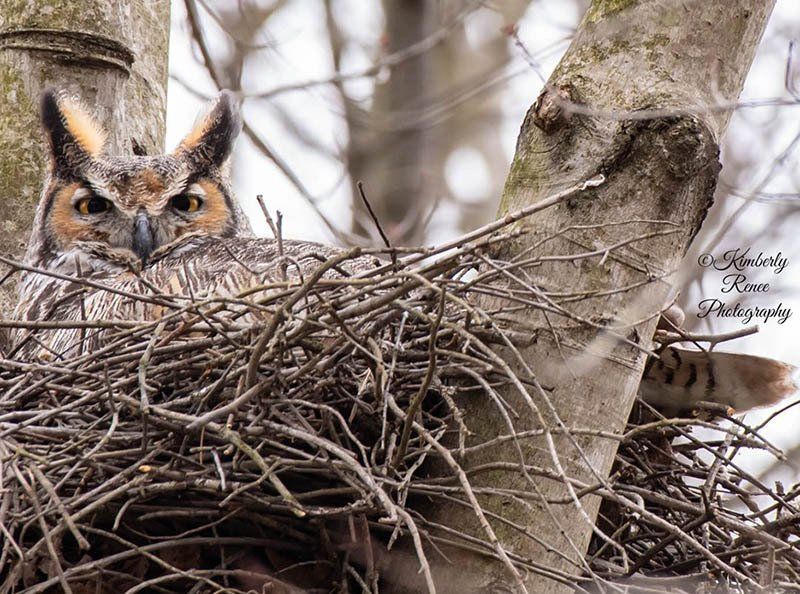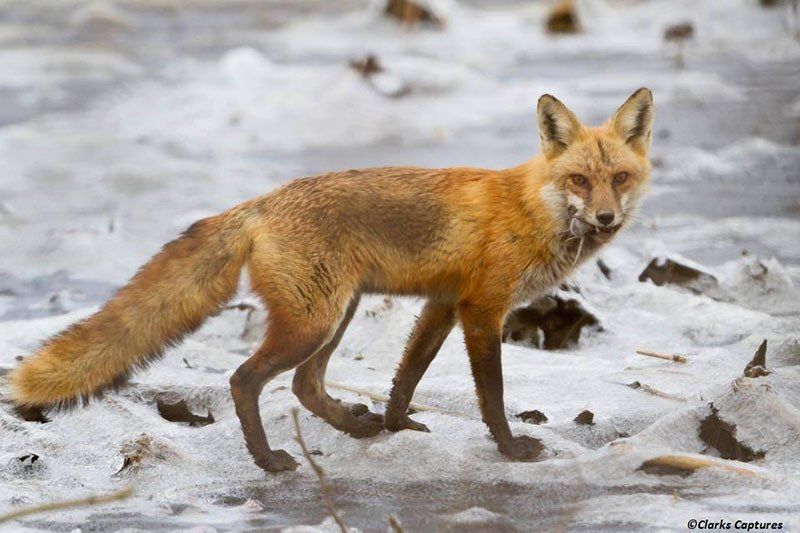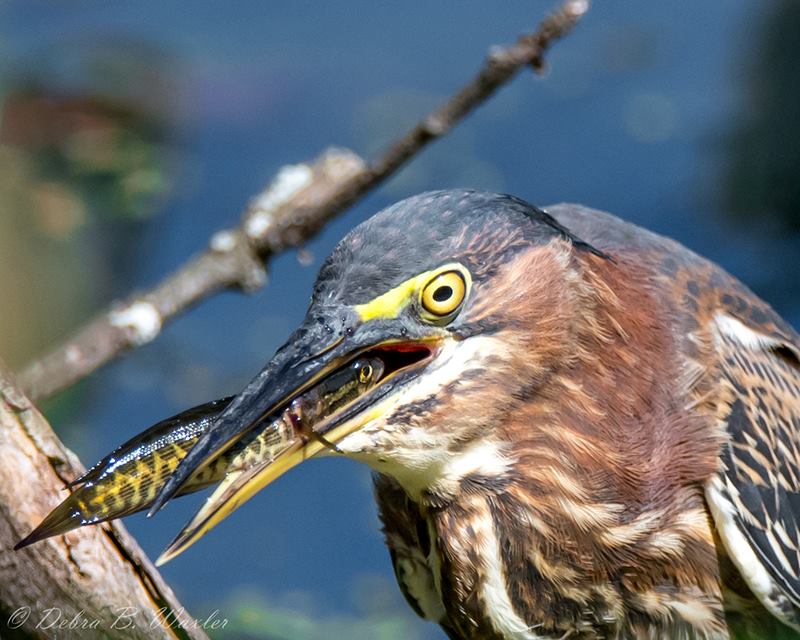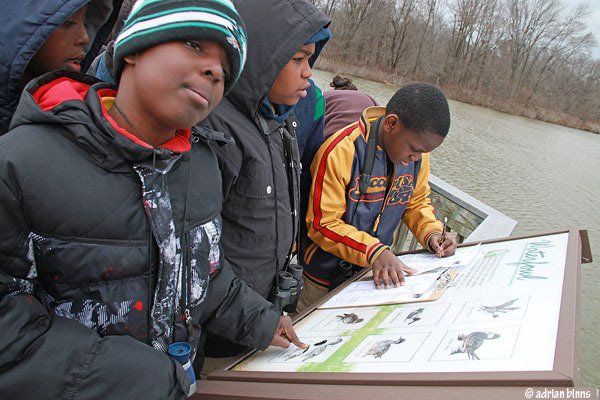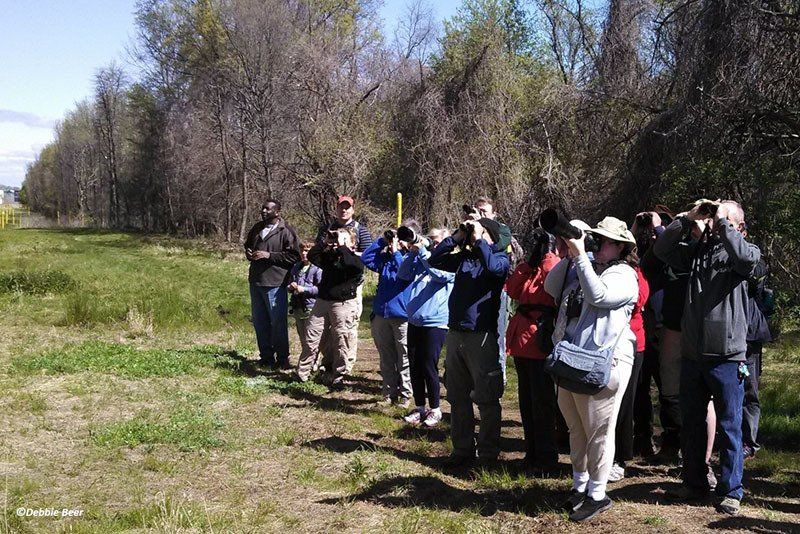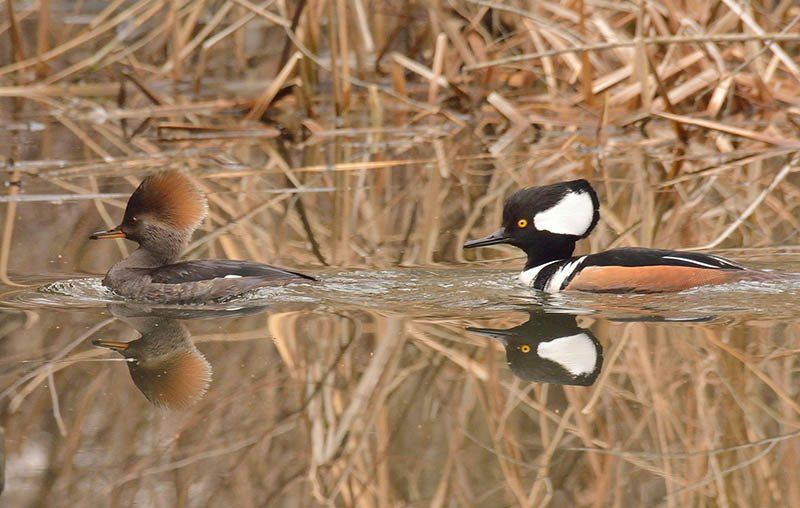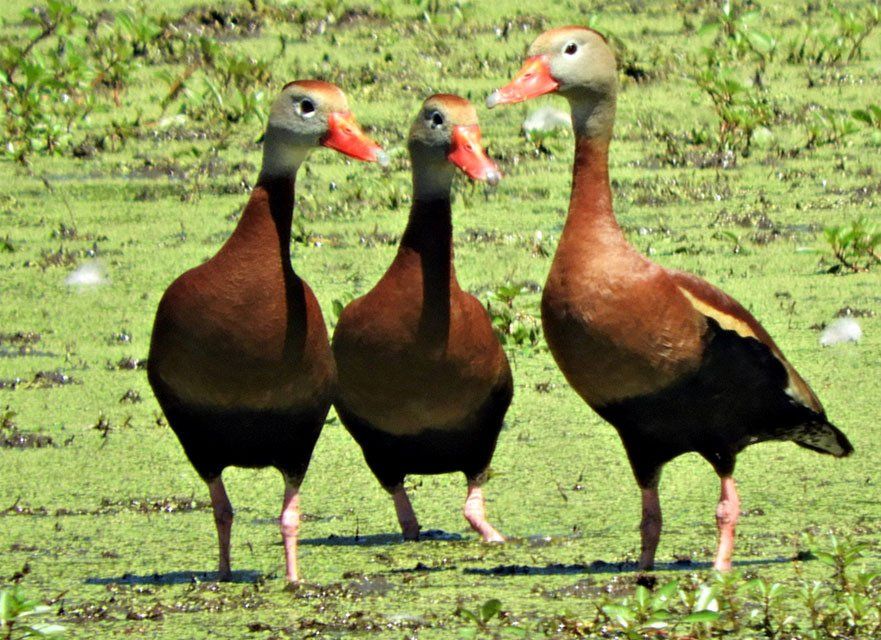What We Propose
An opportunity exists for the Heinz National Wildlife Refuge to add the 124.5-acre parcel adjacent to the refuge to restore it as wetlands and to use the land to reduce flooding in Eastwick neighborhoods.
If the land, also known as “the 128”, is added to the Heinz Refuge it would be maintained mostly as open space and wetlands where flooding stormwater would be directed. The land would be managed by the Heinz Refuge to protect residents from flooding and future, unnecessary commercial development while maintaining potential for some additional housing for residents impacted by flooding in surrounding Eastwick neighborhoods.
How Can Nature Help Protect Eastwick?
City planners and engineers know that undeveloped lands are best suited to absorb the impacts of major storms and rain events. We know we can "leave it to nature" to buffer our communities from storms and protect people, homes, cars and other personal property at a fraction of the cost of many "built" solutions for managing flooding waters.
The Maximum Ecological Restoration Model* envisioned in the Lower Eastwick Hydrology and Hydraulic Study demonstrates the possibility of restoring the 124.5-acre parcel to a more natural wetland environment. This model, which could include connecting Site 3 north of 84th Street with Site 1 (124.5-acre parcel), shows that for most storm scenarios flood levels could be reduced by 1 to 3 feet in the southern portion of Eastwick, along 84th Street and Lindbergh Avenue and in the area of Site 3.
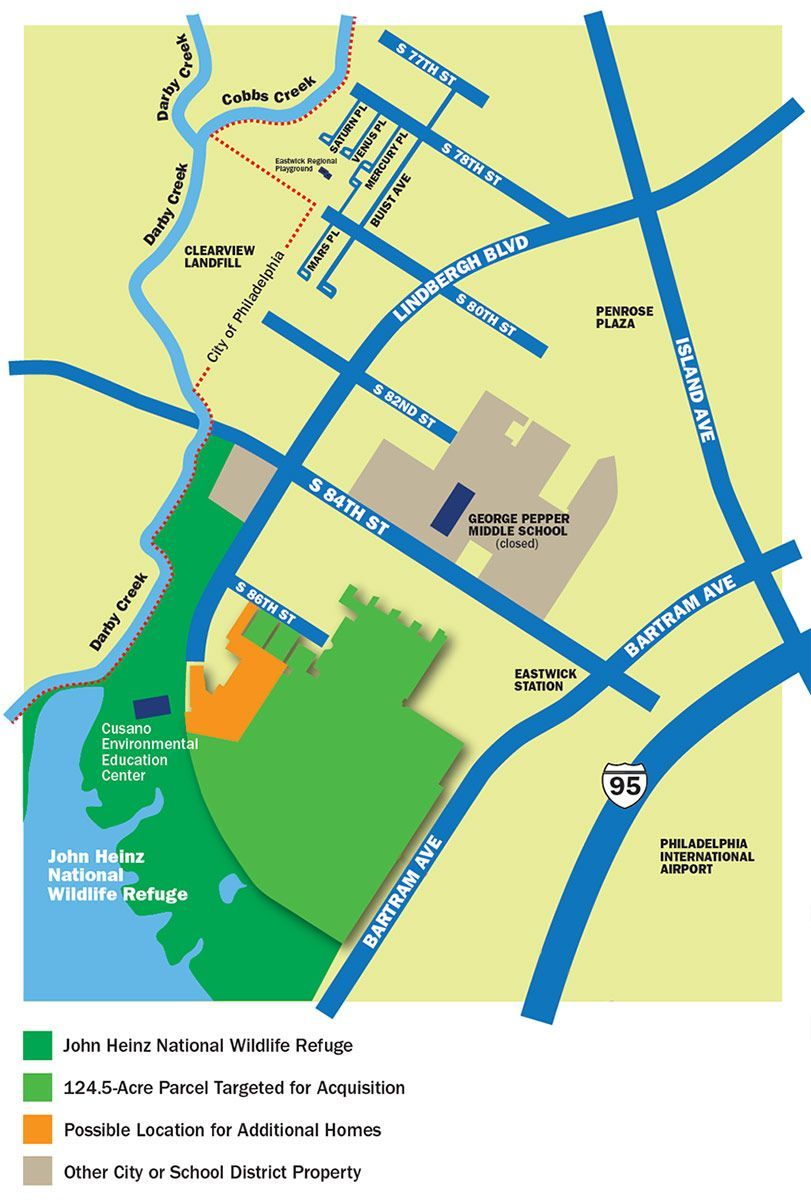
Converting the 124.5-acre parcel back to a natural wetland habitat or marsh, represents one of the most concrete steps that can be taken to provide Eastwick residents relief from flooding.
Other major infrastructure improvements are needed in Eastwick to control flooding, particularly in the northwestern section of Eastwick (also known as the "Planet Streets" section) where Darby Creek and Cobbs Creek merge. This area is prone to the worst flooding when major storms cause the creeks to overflow their banks into Eastwick homes. Various proposals include levees to hold water back and also the potential of underground or above ground culverts to move water south to the 124.5-acre parcel.
Ultimately, the Maximum Ecological Restoration Model, which includes converting the 124.5-acre parcel back to a natural wetland habitat or marsh, represents one of the most concrete and short-term steps that can be taken to provide Eastwick residents relief from flooding.
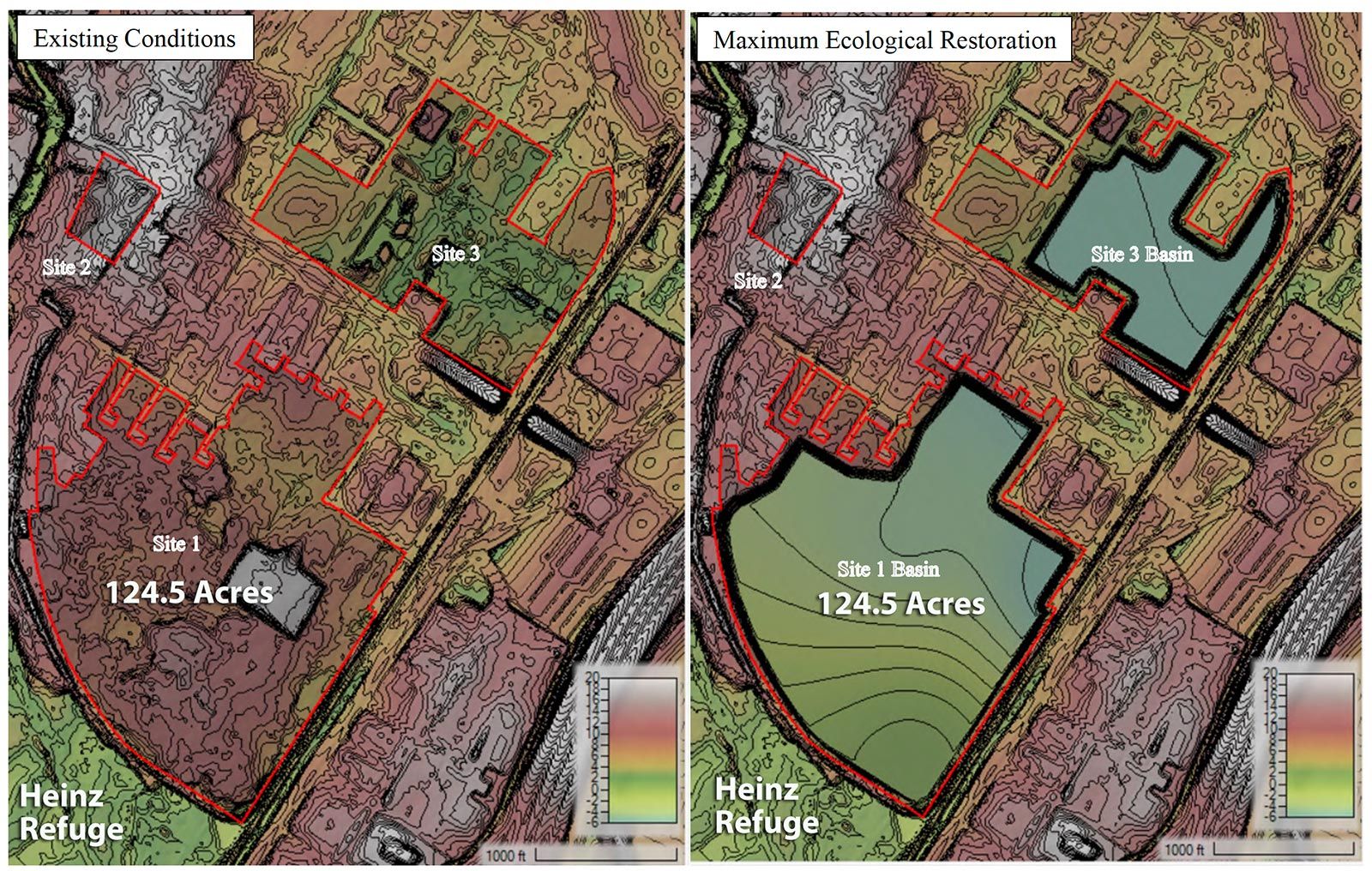
*Eastwick Hydrology and Hydraulic Study Report, Philadelphia Redevelopment Authority
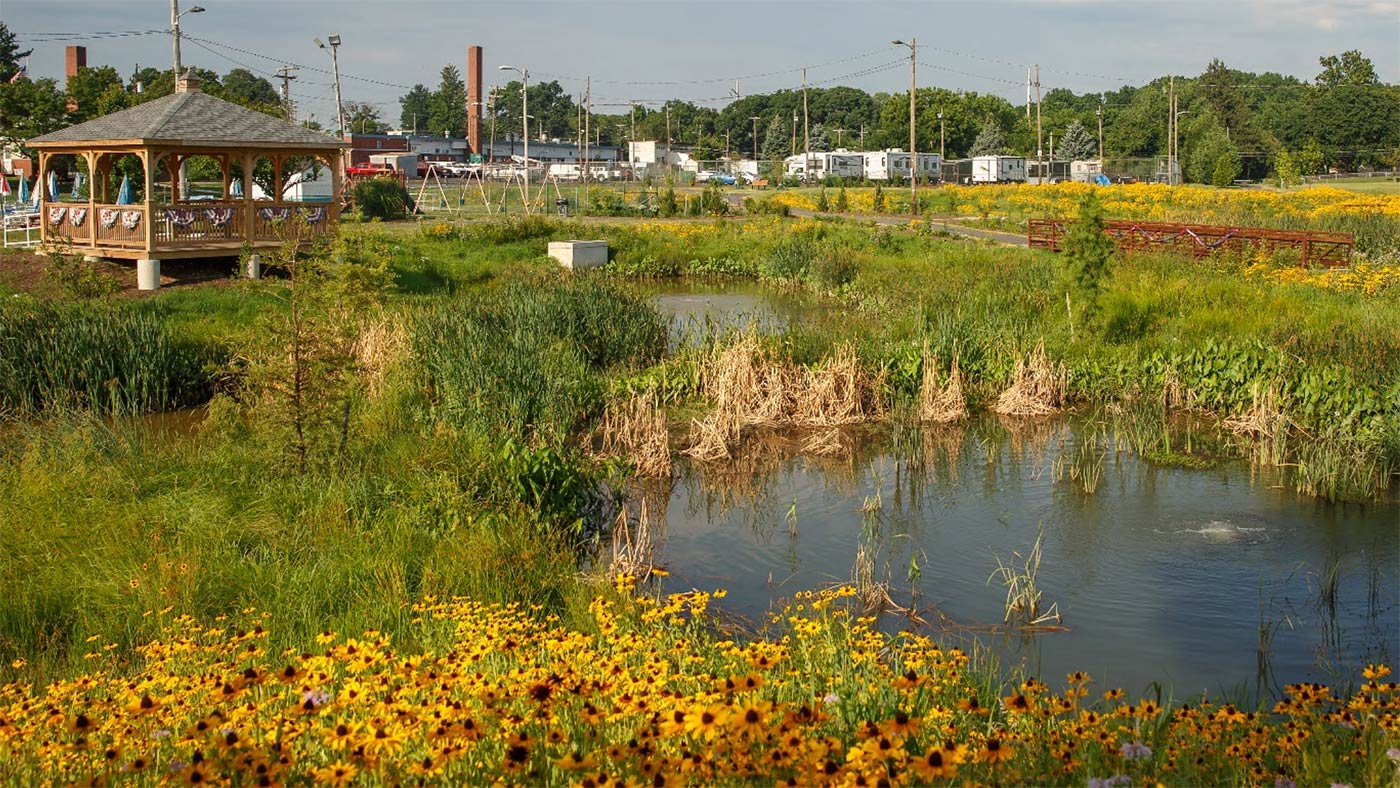
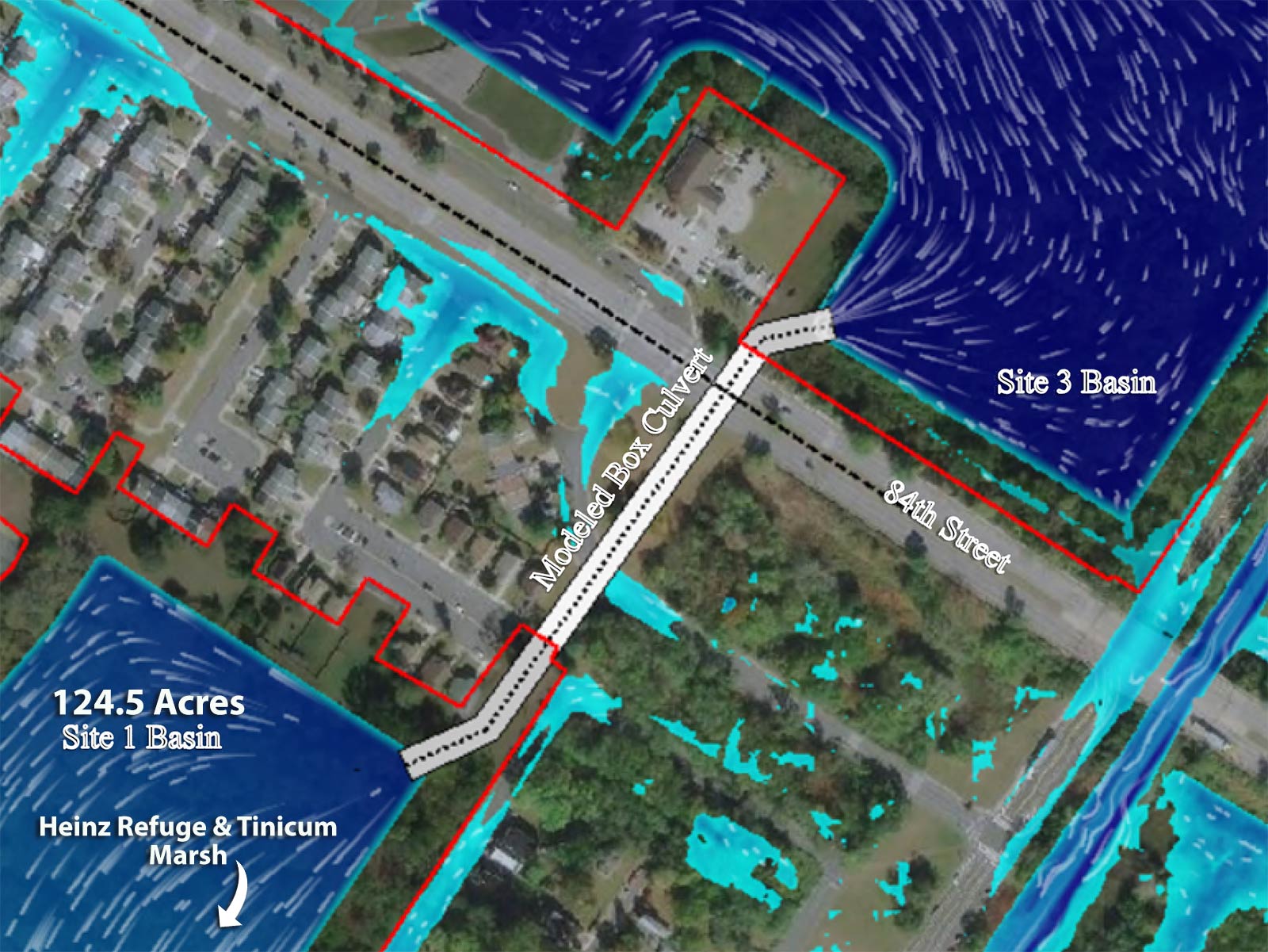
Minimize Flooding, Protect Residents & Create Opportunity
The Heinz National Wildlife Refuge at Tinicum and the residents of Eastwick have enjoyed a 50-year relationship. Heinz has served as a natural buffer and place for recreation and nature experiences for its neighbors, while Eastwick residents have helped serve as critically important stewards of this natural gem. An expanded refuge will help minimize flood impact and provide new opportunities for Eastwick residents for healthy nature-based recreation.
-
Helping the Refuge Grow
ButtonVolunteers and youth have been critical to the success of the refuge by helping plant pollinator gardens.
-
On the Water
ButtonExploring Darby Creek in the refuge.
-
Remembering History
ButtonThe refuge is 50 years old, and remembering the past is critical to understanding the future. Refuge staff, volunteers and families paid tribute to James Carroll the first refuge director.
-
Volunteers are the Backbone
ButtonThe Heinz Refuge relies on the commitments of volunteers young and old.
-
Wildlife Abounds
ButtonSurrounded by a densely populated urban and industrial environment, amazing wildlife is found in abundance at Heinz Refuge.
-
The Future is Strong
ButtonThe Heinz Refuge is 50 years old this year.
-
Unique Species at the Refuge
ButtonThe American Mink is one of the unique (and cutest!) species found at the refuge. Credit: Scott Kemper
-
Riding the Trails
ButtonMountain biking is a popular activity at the refuge.
-
Dropping a Line in Darby Creek
ButtonFishing is great in Darby Creek, which flows through the refuge.
-
Young People Have Hands On Fun at the Refuge
ButtonYoung people get their hands dirty learning about nature at Heinz Refuge.
-
Cleaning Up at Heinz
ButtonSo many people volunteer and help keep Heinz Refuge beautiful for all.
-
Refuge Fun
ButtonLearning archery at the refuge.
-
Shelter for Wildlife
ButtonBarn Swallows make their home at the Heinz Refuge. Credit: Bill Moses
-
Bald Eagles Compete
ButtonBald Eagles can also be found at the Heinz Refuge. Bill Moses
-
Wiley is the Fox
ButtonRed foxes are seen frequently at the Heinz Refuge.
-
Woodpeckers Call Heinz Home
ButtonThe forested canopy throughtout Heinz Refuge provide critical habitat for the Woodpecker.
-
Fish Hawks Find Dinner
ButtonHeinz Refuge provides dinner and habitat for the Osprey.
-
Critical Habitat for Migrating Birds
ButtonHeinz Refuge provides critical habitat for migrating birds like the Wood Duck. Credit: Al Ozell
-
Turkeys Frequent the Refuge
ButtonWild turkeys can be found year-round at Heinz Refuge. Credit: Thomas Koger
-
Volunteers are the Backbone
ButtonVolunteers at Heinz Refuge provide critical support to keep it running smoothly.
-
Walking on Water
ButtonOur walkways give visitors a chance to get up close to wildlife in Tinicum Marsh.
-
Visitors Center for All
ButtonEach year Heinz Refuge welcomes tens of thousands of visitors.
-
Beauty in Hidden Places
ButtonHeinz Refuge trees provide homes to many including this Tree Swallow. Credit: Third Tiercel
-
Unique Birds Abound
ButtonHeinz Refuge provides habitat and shelter to many different bird species including this Sora.
-
Trees Provide Shelter
ButtonThe racoon are just one resident mammal at the Heinz Refuge.
-
Hoo's Asking about Heinz?
ButtonThe Heinz Refuge provides critical habitat for owls. Credit: Renee Barksdale
-
Red Foxes Love Heinz
ButtonHeinz Refuge is home to many red foxes.
-
Too Many Shore Birds to Count
ButtonThis snacking Green Heron is one of many migrating shorebirds who stop at Heinz Refuge. Credit: Debra Waxler
-
Heinz Refuge and Education
ButtonThousands of students pass through Heinz Refuge to learn about nature.
-
On the Lookout
ButtonHeinz Refuge is one of the most popular destinations for nature and bird watching in the region.
-
Pollinators Find Refuge
ButtonButterflys and other pollinators find food and shelter at Heinz.
-
Unique Ducks Stop at Heinz Refuge
ButtonMany species of ducks like the Hooded Merganser stop at Heinz Refuge during migration.
-
Destination for Unique Wildlife
ButtonHeinz Refuge attracts unique migratory birds including these Black Bellied Whistling Ducks.

Contact Info
© 2023 Friends of Heinz Refuge
